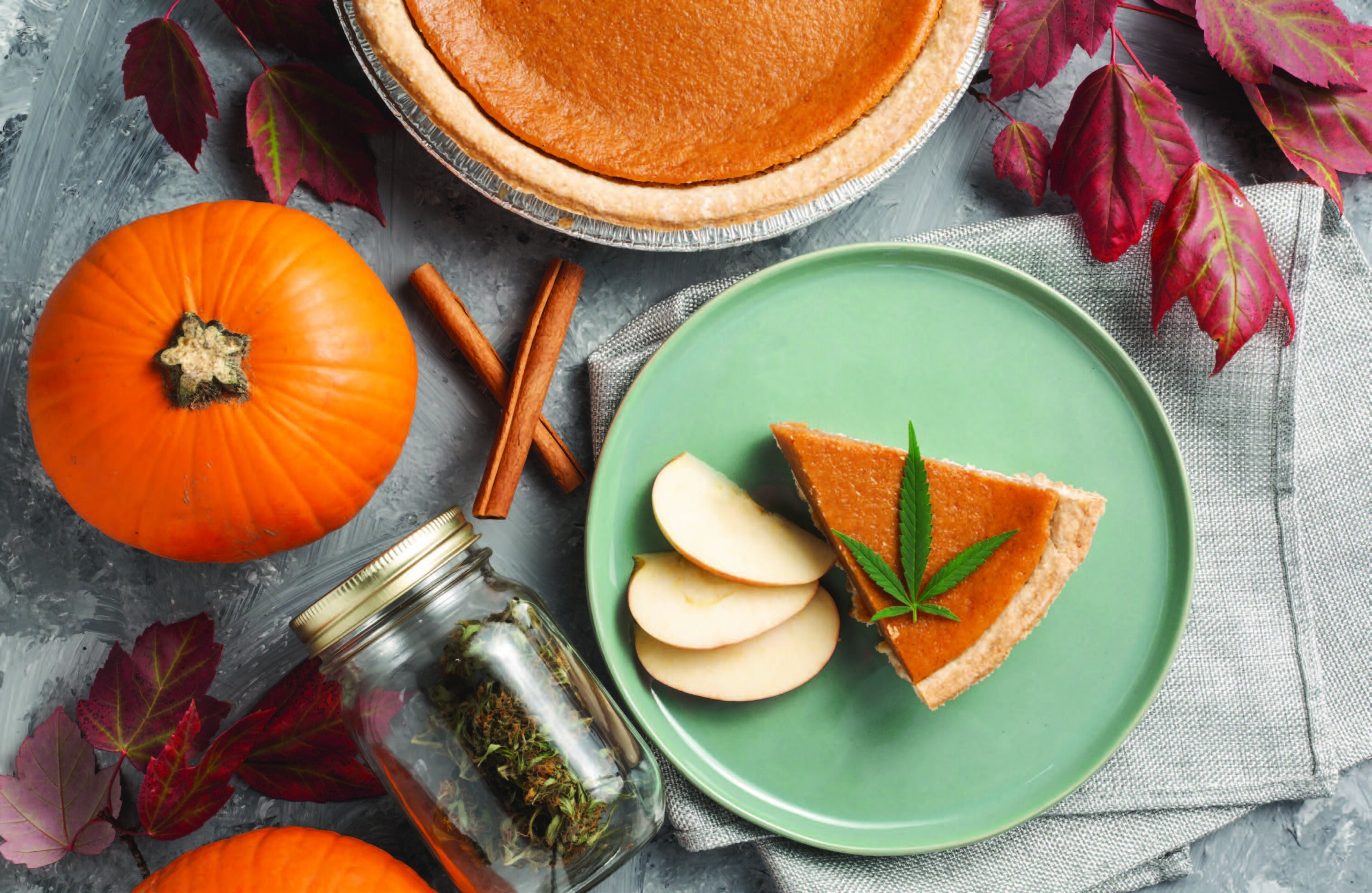Thanksgiving: A crisp fall day when Native Americans and 17th century European Pilgrims sat down together to share a peaceable feast. Right?
Wrong. It was only post-World War I that this idealized version of Puritan-Indian friendship began spreading like cheery wildfire around America. In actuality, this account is mostly cultural propaganda, a nationalist myth meant to make us look and feel good. It’s a nice idea – all of us getting along – but not exactly realistic.
As for the “real” Thanksgiving, there are multiple different versions floating around. It seems possible there were numerous T-giving dinners, considering how many dates and locations are mentioned in varying accounts. An article in the Huffington Post claims the first Thanksgiving Day happened in 1637, but it didn’t resemble our turkey-and-cranberry-fueled binges today. Back then, Massachusetts Colony Gov. John Winthrop announced a “Thanksgiving” to celebrate the safe return of a band of armed hunters returning from a journey during which they massacred 700 Pequot Indians (including women and children). Most white people don’t know about this, but plenty of Native Americans remember. There’s a group called the United American Indians of New England who meet annually at Plymouth Rock for what they deem a Day of Mourning. They gather at the feet of a statue of Chief Massasoit of the Wampanoag.
A piece in the Chicago Tribune via a writer from the Boston Globe stated that, while 90 Wampanoag tribe members did indeed attend the Plymouth Thanksgiving, historians reason their presence was nothing more than a political gesture. This interpretation agrees that, due to the genocide and devastation white settlers inflicted upon Native Americans, many present-day natives now recognize Thanksgiving as a National Day of Mourning, and Plymouth serves as a spot where they gather and commemorate the lasting damage.
So, while enjoying your pumpkin pie and mashed potatoes, bear in mind that our excellent culture comes at the cost of destroying the one that came before.
Anya Jaremko-Greenwold













